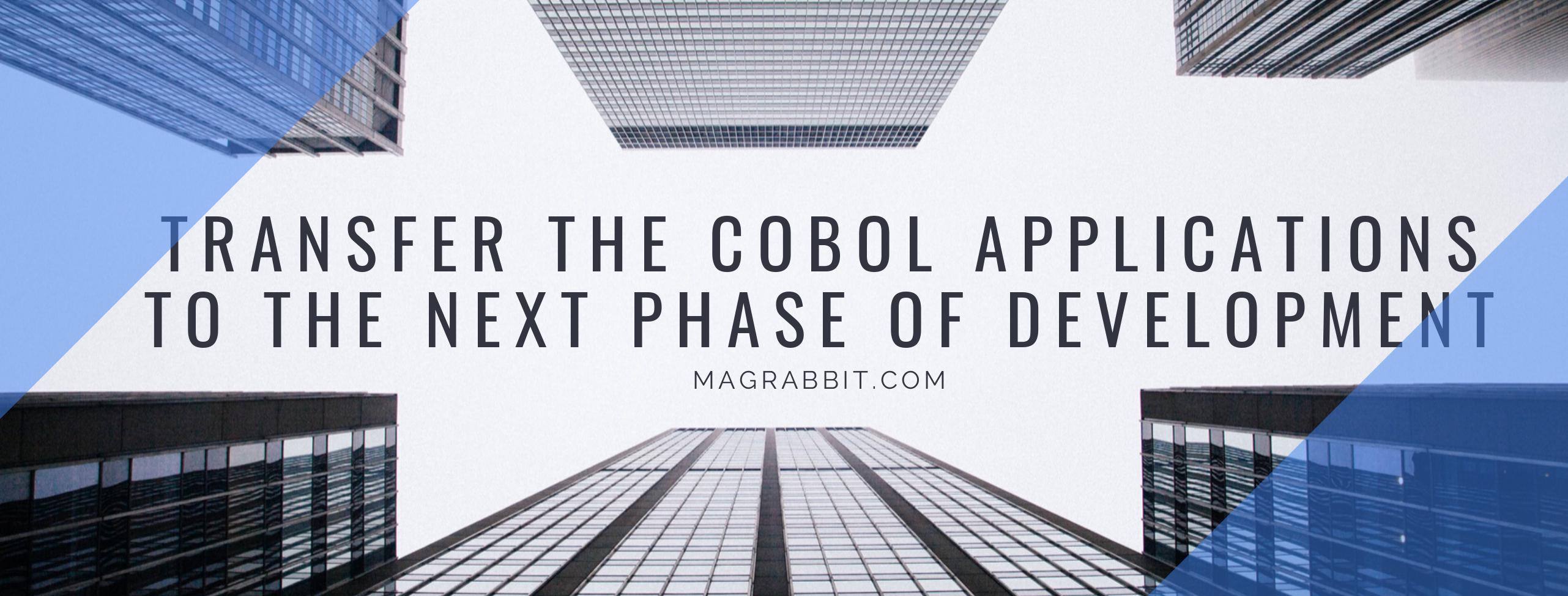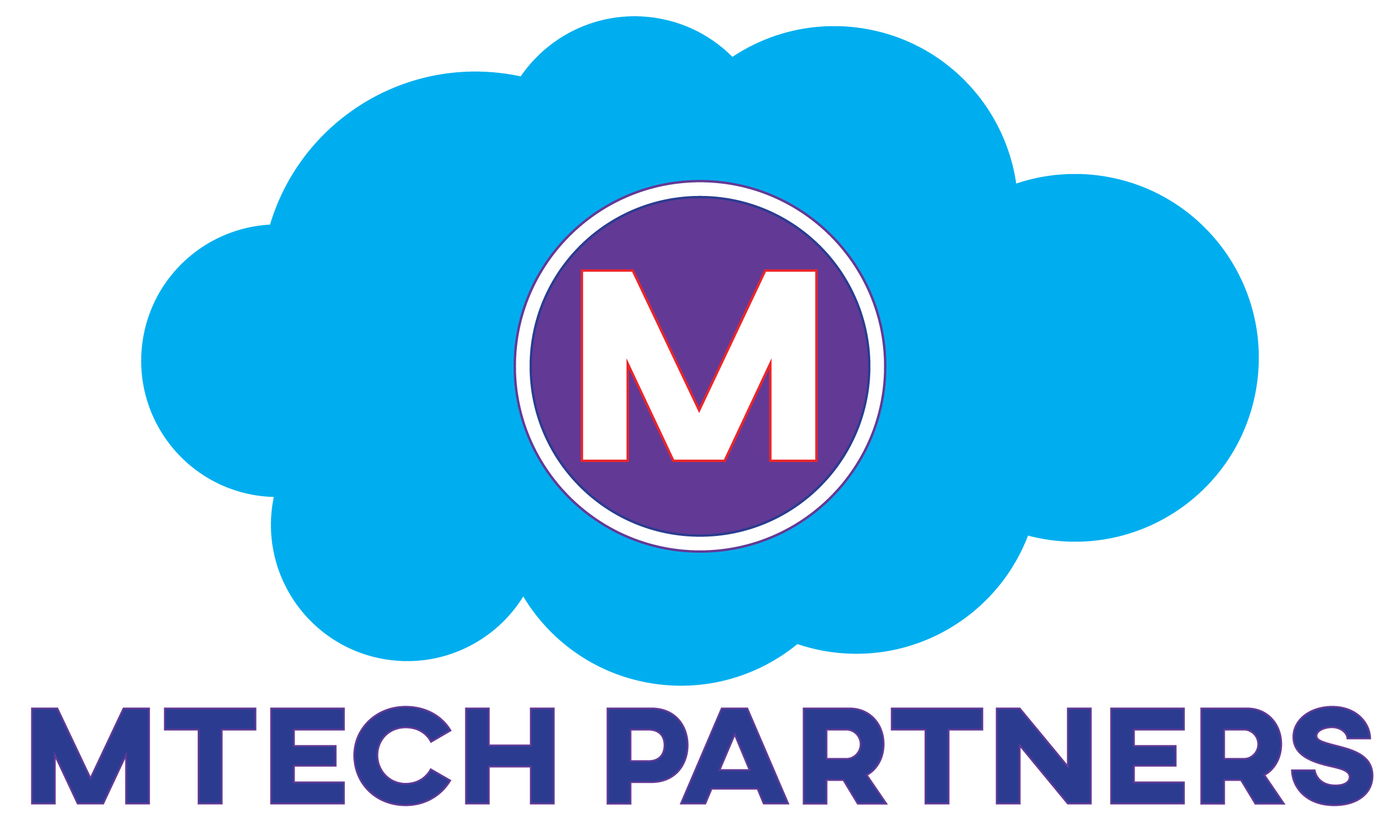- To convert COBOL into object-oriented Java, C++, or C #, using 100 percent Automation.
- Transform Sub and Associated Languages (JCL, DCL, CICS, IMS, SQL, EasyTrieve, Assembly & others)
- Eliminate Licensing Fees Unnecessary for COBOL.
- Develop Monolithic COBOL Frameworks into Multi-Tier / Thin-Client / Cloud Architectures
- Delete the Mainframe.
- Turn MFS or BFS Green Screen into Sensitive HTML5 Web Interface
- Retarget Existing databases, or VSAM, ISAM, IMS, or flat-file transformation Fresh Goal Databases
- Generate COBOL Framework Documentation "As-Is," or "Bridge Documentation" with COBOL Side-by-Side View and Modern Code
- Dead and Obsolete Code Refactor to Delete, and Related Code Merge.
- Automated support for the test to ensure practical equivalence.

folder_open Mtechpartners News
Transfer the COBOL applications to the next phase of development
Companies with essential current COBOL systems, which include the main operating framework, are not excluded from a requirement for digital transformation. To continue this process, COBOL programs will abandon their legacy zone and open themselves up for inclusion into the overall technological environment of an organization.
MagRabbit is working to protect client assets and promoting this transition approach by retaining COBOL as the base for growth.
COBOL isn't going to disappear
COBOL (Common Business Focused Language) is one of the oldest still-used programming languages. In recent years, COBOL has had such a low profile that you might be justified for believing it's all but gone forever. However, as several reports have found out, most consumer sales are already focused on COBOL – and there is little hope that this would improve significantly. We believe firmly in COBOL's potential to be developed
What is COBOL Modernization?
Organizations of essential current COBOL systems, which include the central operating framework, are not excluded from a requirement for digital transformation.
In reality, there is a clear motivation to evolve and maximize the utility of their core operating systems — at least and keep pace with creativity that takes place elsewhere in the enterprise and preferably set such technologies pace as a creativity forum. The term modernization is used to define the continuing progress that has been utilized in occasional programs or more slowly over time in an application. Often, systems operate for a long time with company or malfunction maintenance being implemented, so immediately they need to be updated because they neglect critical user interface functionality or how data storage is handled.
The modernization can be divided into three stages:
1. Application related:
There are several reasons/requirements for touching current COBOL applications: adjust the look and feel of "old-fashioned" user interfaces to state-of-the-art web interfaces and multi-language interfaces, open up to repositories from the closed COBOL file system, and improve such systems by introducing additional functionality such as modern user verification, online support, audit trail, and more.
2. Hardware-related:
There is a cost-saving need to substitute outdated equipment such as a mainframe or computer with either internal or cloud-based commodity hardware.
3. Process related:
Depending on the respective business needs, any combination of the above can apply.
MagRabbit safeguard investments in COBOL applications by promoting actual COBOL Application Modernization rather than running complicated, costly and long-lasting schemes for reconstruction.
Modernization in this sense is linked to a bunch of ready-to-use program modules supporting various storage models (Cobol file system, c-treeRTG, Databases), online assistance, multi-language, state-of-the-art security schemes, audit trail, task management, and more.
Additionally, MagRabbit is developing and managing for Java bytecode-generating COBOL development environments, the resulting applications are agnostic hardware and all functions & functionality are native to consumer COBOL applications but are also supported as methods of use outside COBOL environments.
The automatic model-based tool collection by MagRabbit converts even very broad COBOL structures (ten million of lines of code) into modern languages without any human interference. The resulting code is object-oriented, compiling, integration-ready, standard, and native target language code, and is created very quickly.
The tool collection and method of MagRabbit enables simultaneous modeling and automatic translation of certain languages typically used in COBOL frameworks. Many of our customers have wide networks that comprise of multiple languages & sublanguages.
Our process makes one single or multiple production languages with one standard codebase to be targeted. For example, a COBOL framework can be updated to Java, C #, C++ & others, like the JCL, which can be converted into Python, C #, Java, or other scripting languages, based on customer needs.
Disable high, patented runtime annual licensing payments by turning Java, C++, or C # code into "licensing-free." Transformed code by MAGRABBIT bears no high, proprietary runtime fees.
As a typical performance, MagRabbit's transformation and refactoring methods create a multi-tiered architecture with a DAO layer (data access object layer), user interface (UI) layer, and application logic layer, which can target a range of cloud systems like Amazon Web Services (AWS), Azure, private & government cloud, and others. With additional refactoring, MagRabbit can split monolithic COBOL systems into microservices as defined by a customer.
Turn off mainframe platforms, reduce the operating and maintenance (O&M) prices, and remove some relevant licensing fees. Reduce the probability and footprint of a device malfunction, and switch to high-performance computer systems.
The past research of MagRabbit has targeted many digital network layers of the display, terminal emulators (maybe to maintain current screen scrapers), or both. Our customer-driven method lets you select the best layer of design for your modernized framework.
MagRabbit offers customers the options to maintain the current database or transfer the database to a new target, like SQL Server, Oracle, or Open Source Databases, thus modernizing the application logic.
Whether as a stand-alone project or as part of a transformation project, MagRabbit provides completely automated UML code-level documentation of the COBOL system's structure and flow, as well as "To-Be" or "Bridge Documentation" presenting side by side, hyperlinked COBOL and Java, C++ or C# displays. This documentation enables developers familiar with the COBOL framework to easily manage the updated target framework, including graphs such as Control Flow, Trigger Effect, Data Flow, State Change Tables, Complexity Analysis, and more.
The model-based toolset of MagRabbit enables a completely automated remediation of dead and redundant code, as well as aggregation of related statements and methods to boost sustainability. Since this method operates at the model level, it maintains functional equivalence across all refactoring.
In addition to promoting automated testing, MagRabbit offers a robust warranty for all transformed COBOL code. Usually, MagRabbit transforms into a functional equivalent, compiles integration-ready goal and supports the testing process by using our automated tools.
Enterprise Modernization - COBOL to Java on DB2 z/OS
There is a growing trend for customers in Java to write new business logic, and in some cases substitute Java's business logic with COBOL. This offers a range of benefits:
Standard Java APIs (such as JDBC) allows customers to create multi-media applications such as Web and Cloud.
Using existing business logic rather than bottom-up development, developers can easily create applications.
To build and maintain Java code, customers will easily attract talent.
Mainframe specialty processors (zIIP and zAAP) allow Java applications to be offloaded reducing total ownership costs.
Developments in z / OS Java technology provides comparable efficiency and overall service quality, which are the hallmarks of native COBOL.
Java offers new opportunities to leverage business logic through several platforms, but it also poses a range of obstacles that consumers need to be prepared to face.
A significant element that we discussed with a couple of large COBOL heavy accounts, who chose to use JDBC interfaces was a shift in their attitude to be more mindful of DB2 and Java environment tuning considerations.
It has been a satisfying exercise to raise awareness about the fundamental differences among native COBOL that go through static SQL execution paths in DB2 versus JDBC that go through dynamic SQL paths.
Although static SQL can provide better out-of-box performance, dynamic SQL has tuning options that balance static SQL performance with all dynamic SQL flexibility. Also, evaluating SQLJ are some broad accounts that prefer the predictability and security of static SQL – which enables Java applications to use static SQL with DB2 through linking packages.
SQLJ applications need custom SQLJ syntax coding. There are many other important factors, such as the decision to rewrite COBOL code into Java versus simply adding Java wrappers around COBOL logic (which is going to be easier to build).
There are some smaller factors such as compatibility options to DB2 (Type 4 vs Type 2) and the preferred high-performance Java programming model. The transition from COBOL to Java for DB2 on z / OS is an investment – but it can produce short-term and long-term returns by introducing core record systems applications to modern communication systems.
Enterprise modernization is maturing from a "OK-to-get" initiative to an imperative initiative and what started as a modernization trend within a handful of leading-edge adopters is now spreading through the global customer base of z / OS. If you're one of those modernizing customers waiting on the fence, now is the time to act.
MagRabbit communicates with its global network of experts in DB2, z / OS, CICS, COBOL, and Java integration to provide feedback on the progress of these legacy modernization projects.
Ready for more? Contact us to get more details, to see a presentation, or to have a conversation.
info@magrabbit.com
sales@magrabbit.com
Compiled from several trustworthy sources
